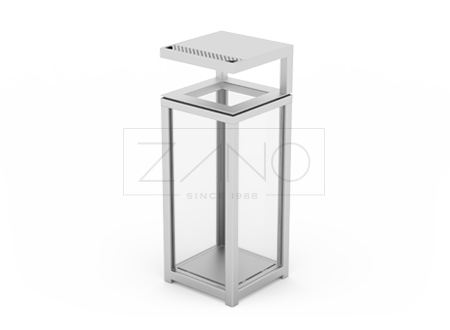
Litter Bins
with ashtray
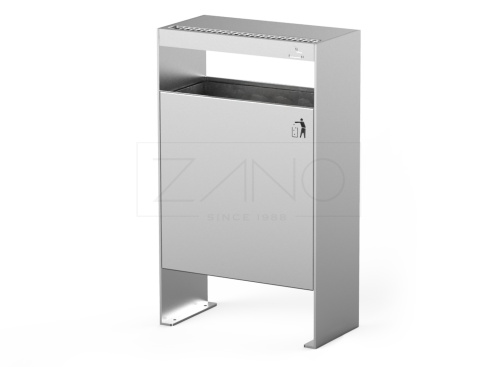
Litter bin with ashtray Simple
03.261.1
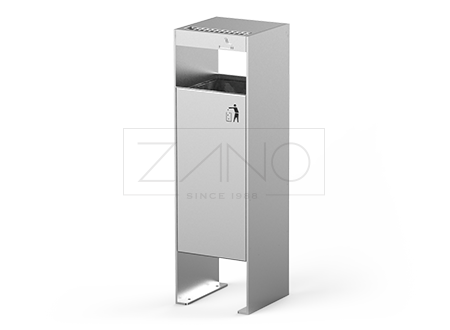
Litter bin with ashtray Simple
03.061.1
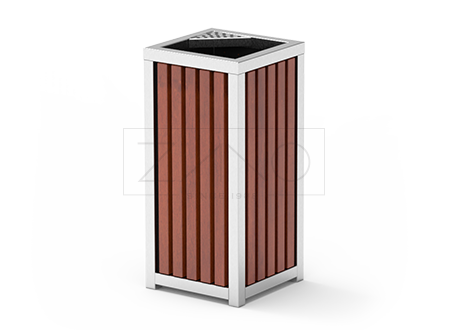
Altus Litter Bin
03.052.02

Litter bin Scandik with ashtray
03.046.2
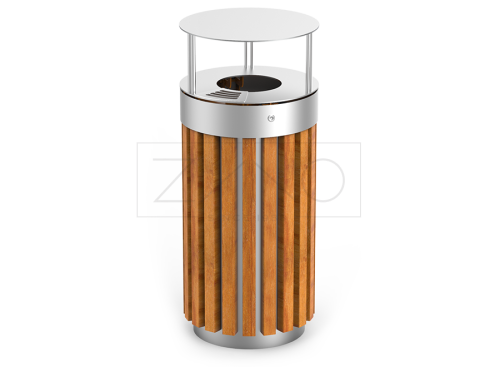
Tubus litter bin with ashtray
03.053.8
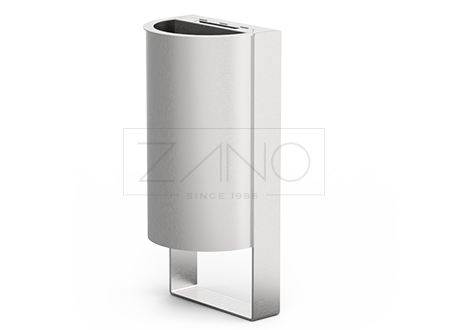
Litter bin with ashtray Start
03.044.1
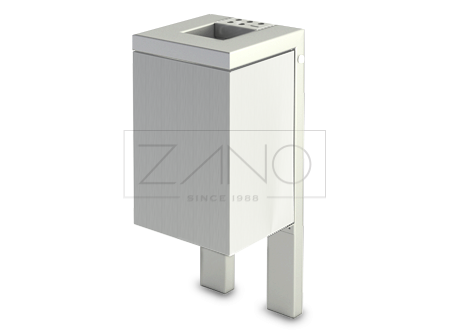
Cubus Litter Bin with ashtray
03.055
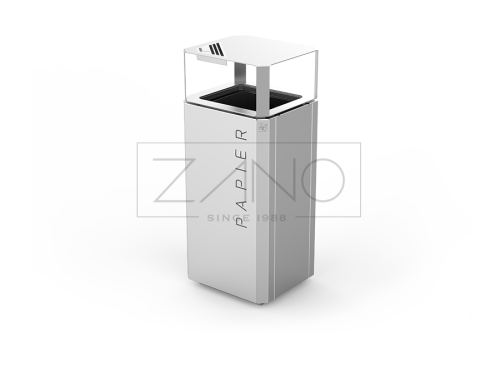
Stilo Litter Bin with Ashtray
03.048.2
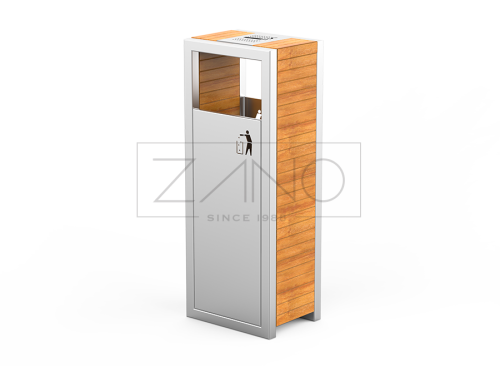
Pavo Litter Bin with ashtray
03.063.2
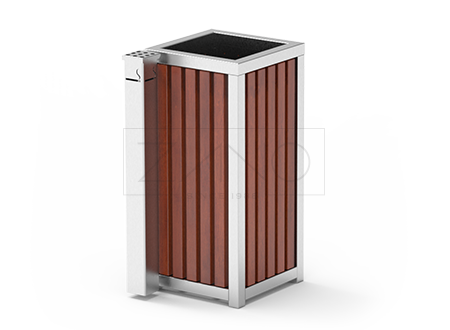
Altus Litter Bin
03.052.03
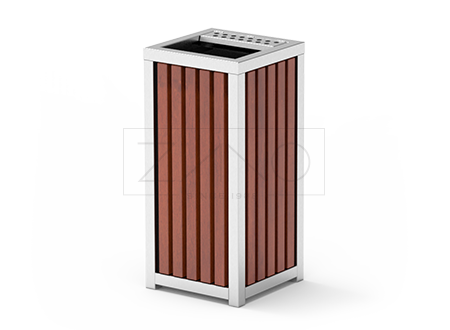
Altus Litter Bin
03.052.01
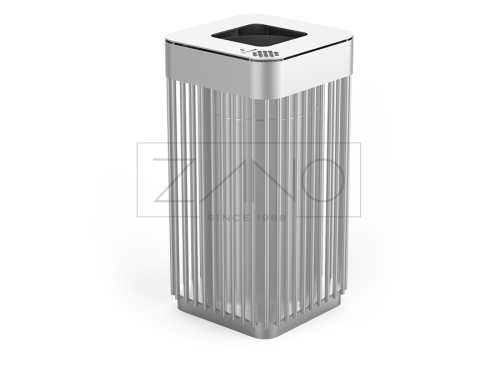
Calypso Litter Bin with ashtray
03.051.1

Litter bin Tubus
03.053.11
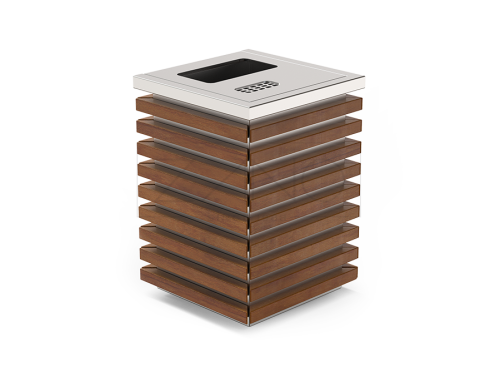
Block Litter Bin with ashtray
03.056
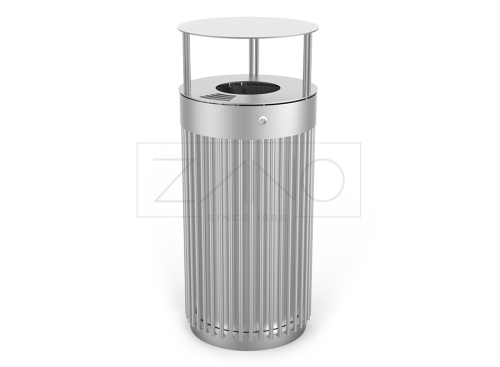
Tubus litter bin with ashtray
03.053.5
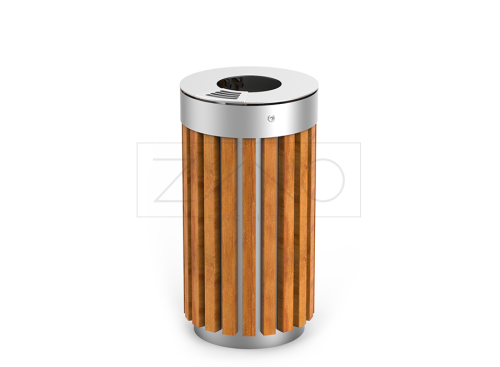
Tubus litter bin with ashtray
03.053.7
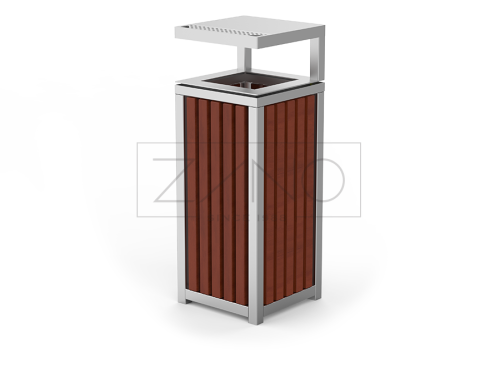
Altus Litter Bin with Ashtray
03.052.8
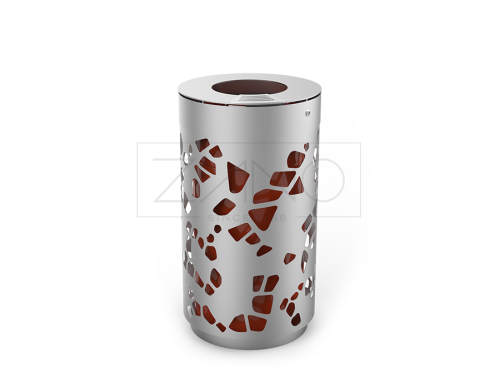
Tubus litter bin with ashtray
03.053.10
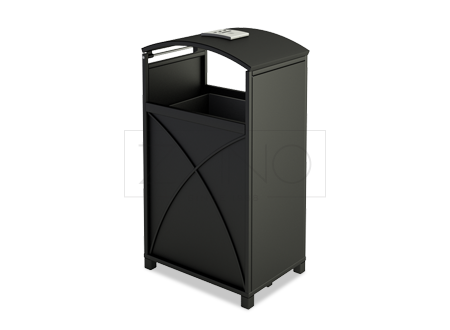
Skała Litter Bin with ashtray
03.039
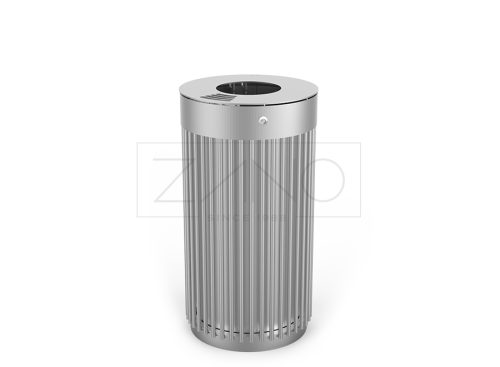
Tubus Litter Bin
03.053.4
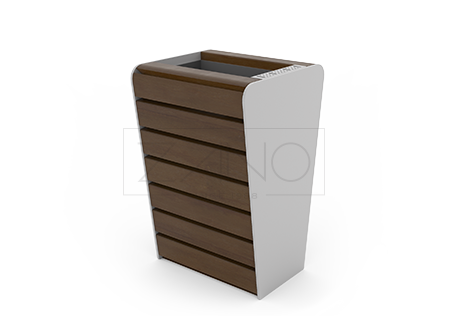
Soft litter bin with ashtray
03.012.2
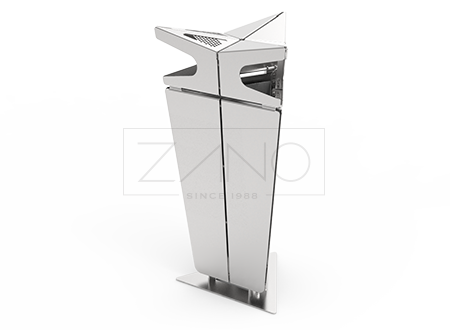
Jester litter bin with ashtray
03.059.1
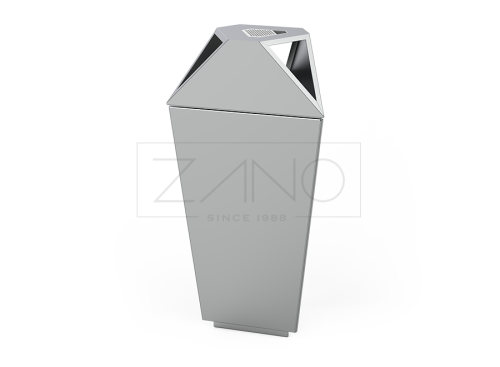
IVO litter bin with ashtray
03.045.1
Litter bins with ashtrays, designed by ZANO, are a crucial component of their street furniture line, offering a practical solution for maintaining cleanliness and order in public spaces. These bins are carefully designed to meet the needs of both smokers and non-smokers in urban environments, making them ideal for installation in various outdoor locations such as parks, streets, and commercial areas.
ZANO's litter bins with ashtrays are recognized for their robust construction and elegant design, blending seamlessly into any urban landscape. Manufactured using high-quality materials such as stainless steel, cast iron, and durable plastics, these bins are built to withstand harsh weather conditions and heavy use. The inclusion of an ashtray component ensures that cigarette butts are disposed of safely, reducing the risk of fire hazards and keeping public spaces clean and tidy.
Each model within this category is designed with user convenience in mind, featuring easy access for disposal and straightforward maintenance procedures. The ashtray units are typically removable or feature a flip-top mechanism, which simplifies the process of emptying and cleaning. This design consideration not only enhances functionality but also promotes better hygiene and ease of use.
The aesthetics of ZANO's litter bins with ashtrays can vary from contemporary to classic, allowing them to complement a wide range of urban decors. Options for customization in terms of colors and finishes enable city planners and architects to match these bins with existing street furniture, creating a cohesive and attractive urban environment. These bins also support various mounting options, such as freestanding or bolted down, providing flexibility in placement and security.
In conclusion, ZANO's litter bins with integrated ashtrays are an essential element of modern urban furniture, offering durability, functionality, and style. Their dual-purpose design helps in effectively managing waste and cigarette disposal, contributing to cleaner and more inviting public spaces. As urban areas continue to grow and evolve, the importance of these specialized bins remains significant, making them a wise choice for any city looking to enhance its public amenities.